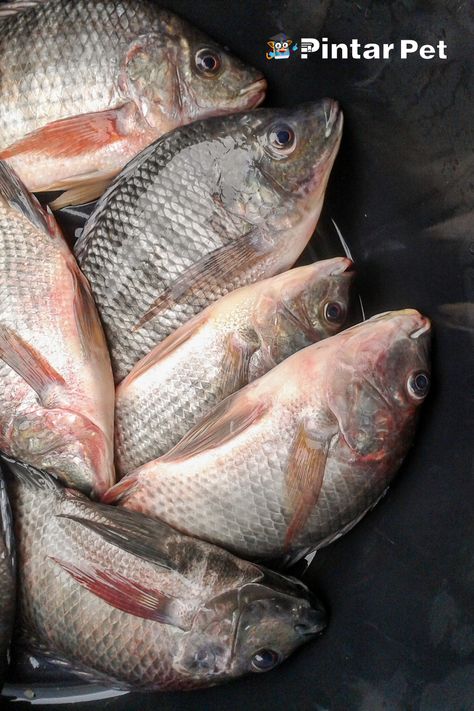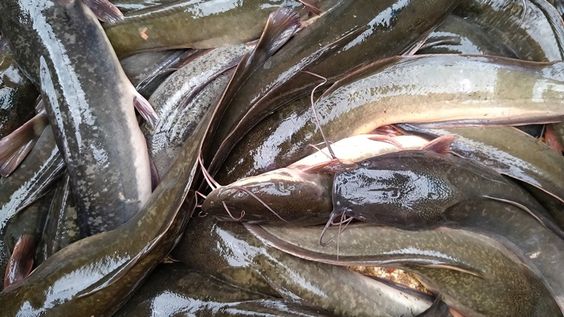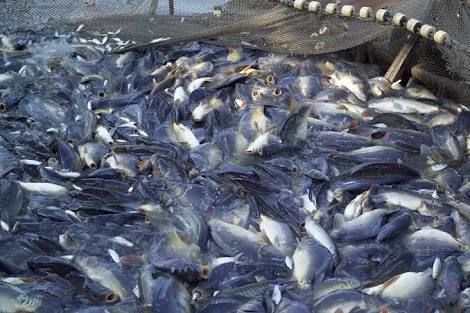All You Need to Know About Quality Nila Fish
Quality Nila Fish, also known as Nile tilapia or Oreochromis niloticus, is a popular freshwater fish prized for its mild flavor, versatility in cooking, and affordability. Due to its high demand, understanding the factors that contribute to quality nila fish is essential, from pond to plate. This guide dives deep into the world of quality nila, covering aspects like freshness indicators, best aquaculture practices, and storage and handling tips.
Contents
Freshness is Key: Identifying Quality Nila Fish
When selecting nila fish, freshness is paramount. Fresh fish boasts superior taste, texture, and safety. Here are some key indicators to identify quality nila:
- Appearance:
- Eyes: Bright, clear, and bulging. Cloudy or sunken eyes indicate spoilage.
- Gills: Bright red, pink, or purple. Brownish or gray gills are a red flag.
- Skin: Shiny, vibrant, and free of blemishes or discoloration. Dull, slimy, or discolored skin suggests past its prime.
- Flesh: Firm and elastic to the touch. When pressed, it should spring back quickly. Indented flesh indicates spoilage.
- Odor: Fresh nila has a mild, pleasant, and slightly sweet ocean-like smell. A strong fishy odor is a sign of spoilage.
Beyond Freshness: Understanding Quality Nila Fish
While freshness is crucial, other factors contribute to overall quality:
- Source: Look for nila raised using responsible aquaculture practices. Ideally, source your fish from farms that prioritize water quality, healthy feed, and minimal use of antibiotics.
- Size: Preference varies, but generally, medium-sized nila (around 1-2 pounds) offer the best balance of flavor and texture. Smaller fish might have less flesh, while larger ones can be slightly tougher.
- Feeding: Nila fed a nutritious, balanced diet rich in essential fatty acids will have a higher omega-3 content and potentially a richer flavor.
Raising the Bar: Best Practices for Aquaculture of Quality Nila Fish
Sustainable and responsible aquaculture practices are vital for ensuring high-quality nila. Here are some key aspects:
- Water Quality: Maintaining clean, well-oxygenated water in ponds is crucial. Regular testing and filtration systems are essential.
- Feed Quality: Providing a balanced diet rich in protein, essential fatty acids, and vitamins is vital for healthy fish growth and optimal flavor.
- Stocking Density: Maintaining a proper fish-to-water ratio prevents overcrowding, which can contribute to stress, disease, and poorer quality fish.
- Disease Prevention: Implementing preventative measures like biosecurity protocols and proper pond management can minimize the risk of disease outbreaks, leading to healthier fish and reduced use of antibiotics.
From Pond to Plate: Storage and Handling Tips for Quality Nila Fish
Proper handling right from harvest to preparation is crucial for maintaining quality:
- Chilling Immediately: After harvest, nila fish should be chilled to below 40°F (4°C) as quickly as possible to slow down spoilage.
- Proper Storage: Store whole, uncleaned nila in a sealed container on ice in the refrigerator for no more than 1-2 days. Cleaned fillets should be tightly wrapped and stored for a maximum of 2 days.
- Freezing: For longer storage, freezing is an option. Clean, portioned fillets wrapped in airtight freezer paper or vacuum-sealed bags can last for up to 3 months. Thaw frozen fish in the refrigerator overnight before cooking.
Unlocking Flavor: Cooking Techniques for Quality Nila Fish
The mild flavor and versatility of nila make it a perfect canvas for a variety of culinary techniques. Here are some ideas to bring out the best in your quality nila:
- Pan-frying: Dust nila fillets with seasoned flour and pan-fry in a hot skillet with oil for a quick and crispy meal.
- Baking: Marinate your nila with herbs, spices, and citrus juices before baking for a flavorful and healthy option.
- Grilling: Brush nila fillets with your favorite marinade and grill to perfection for a smoky and satisfying dish.
- Poaching: Poaching is a gentle cooking method that preserves the delicate texture of nila. Poached fish can be served hot or cold in salads or with light sauces.






